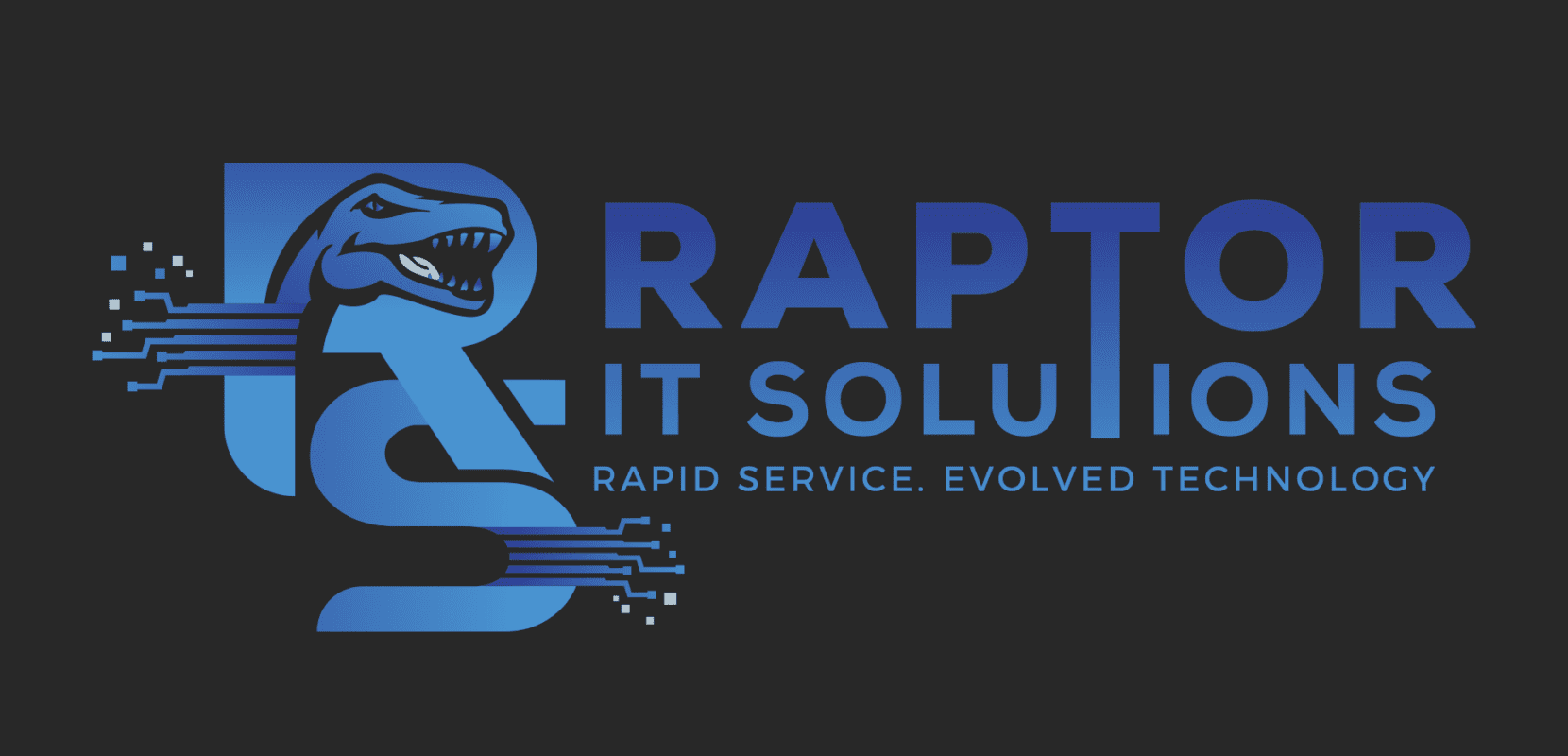In today’s digital landscape, IT security training Rockwall TX is not just a precaution—it’s a necessity. As someone deeply involved in cybersecurity best practices for employees and continuous cybersecurity education, I understand the critical role of empowering employees to recognize and mitigate cyber threats. This article explores the importance of employee cybersecurity awareness and effective strategies such as phishing awareness training, social engineering prevention tips, and role-based security training to bolster your organization’s cyber resilience.
Understanding the Importance of Employee Cybersecurity Awareness
Employee actions can significantly impact an organization’s cybersecurity posture. Therefore, fostering employee cybersecurity awareness is paramount. It involves educating staff about the latest cyber threats, teaching them cybersecurity best practices, and instilling a culture of vigilance and responsibility across all levels of the organization. Also take note of this article.
Empowering Employees with Phishing Awareness Training
Phishing remains one of the most prevalent cyber threats, often exploiting human vulnerabilities. Phishing awareness training equips employees with the knowledge to identify phishing attempts, recognize suspicious emails or messages, and take appropriate action to safeguard sensitive information. Regular training sessions and simulated phishing exercises reinforce these skills and help mitigate risks associated with phishing attacks.
Preventing Social Engineering Attacks
Social engineering techniques prey on human psychology to manipulate individuals into divulging confidential information or performing unauthorized actions. Implementing social engineering prevention tips, such as verifying identities before disclosing information and avoiding sharing sensitive data via unsecured channels, can significantly reduce the likelihood of falling victim to these deceptive tactics.
Embedding Cybersecurity Best Practices into Daily Operations
Adhering to cybersecurity best practices is essential for maintaining a secure work environment. This includes using strong passwords, enabling multi-factor authentication, keeping software and systems updated, and practicing data encryption where applicable. By integrating these practices into daily operations, organizations can mitigate vulnerabilities and enhance overall cybersecurity resilience.
Role-Based Security Training for Specialized Needs
Different roles within an organization require tailored role-based security training to address specific cybersecurity challenges and responsibilities. This approach ensures that employees understand their roles in protecting sensitive information and adhering to regulatory requirements. Training modules can cover topics such as data handling procedures, compliance standards, and incident response protocols relevant to each role. Hop over here for more information.
Implementing Continuous Cybersecurity Education
Cyber threats evolve rapidly, necessitating continuous cybersecurity education to keep employees informed about emerging risks and mitigation strategies. Regular updates, workshops, and refresher courses ensure that staff are equipped with the latest knowledge and skills to adapt to evolving cyber threats and maintain a proactive security posture.
Partnering with Cybersecurity Training Providers
Navigating the complexities of IT security training requires collaboration with reputable cybersecurity training providers who specialize in delivering effective educational programs tailored to organizational needs. These providers offer insights into employee compliance training, innovative training methodologies, and metrics to measure training effectiveness and ROI.
In conclusion, prioritizing IT security training and employee cybersecurity awareness is crucial for safeguarding your organization against cyber threats. By investing in phishing awareness training, social engineering prevention tips, role-based security training, and continuous cybersecurity education, businesses in Rockwall TX can empower their workforce to mitigate risks, protect sensitive data, and maintain a resilient cybersecurity posture. Whether you’re enhancing internal policies, addressing regulatory requirements, or fortifying defenses against evolving threats, proactive cybersecurity training is fundamental to preserving business continuity and trust in today’s digital age.



